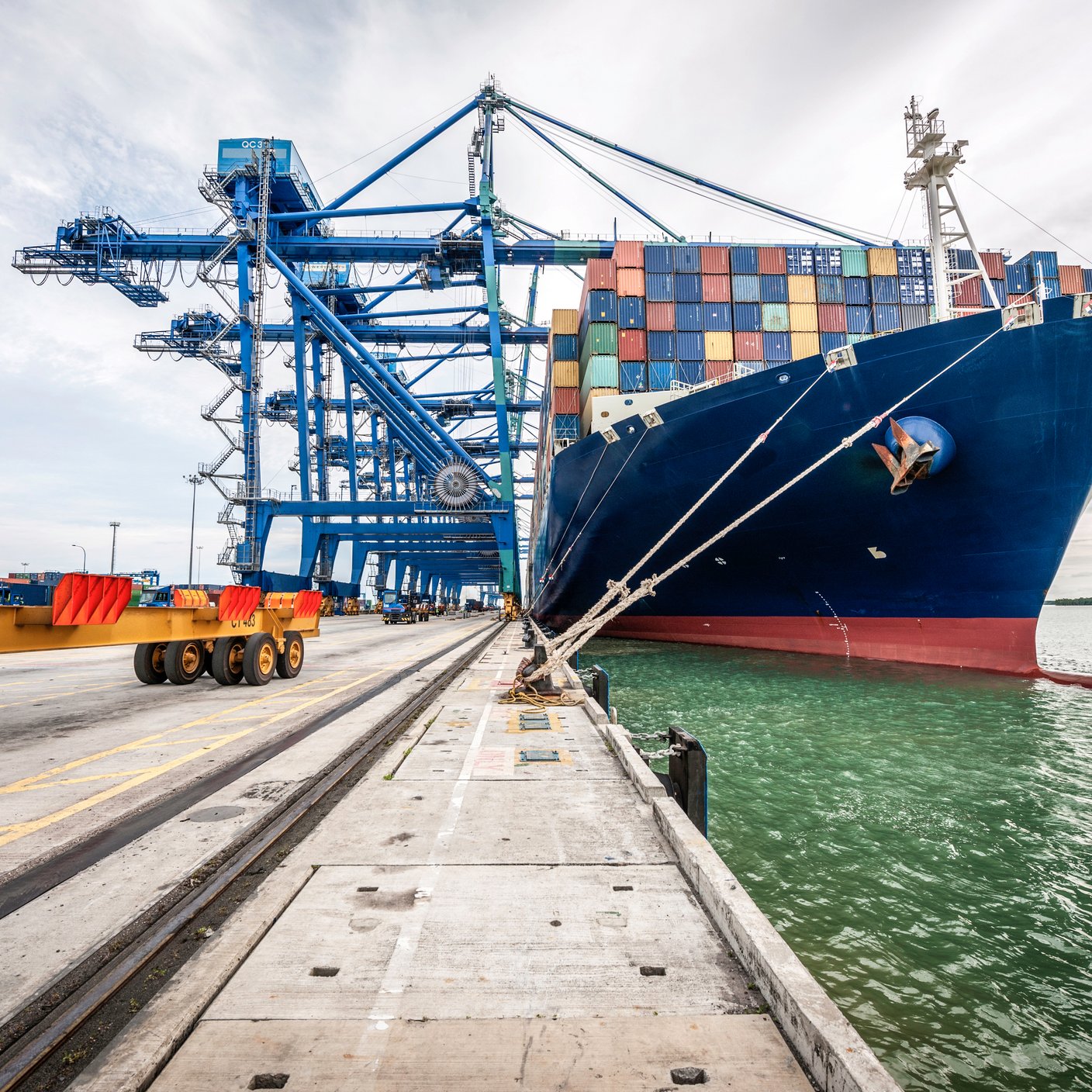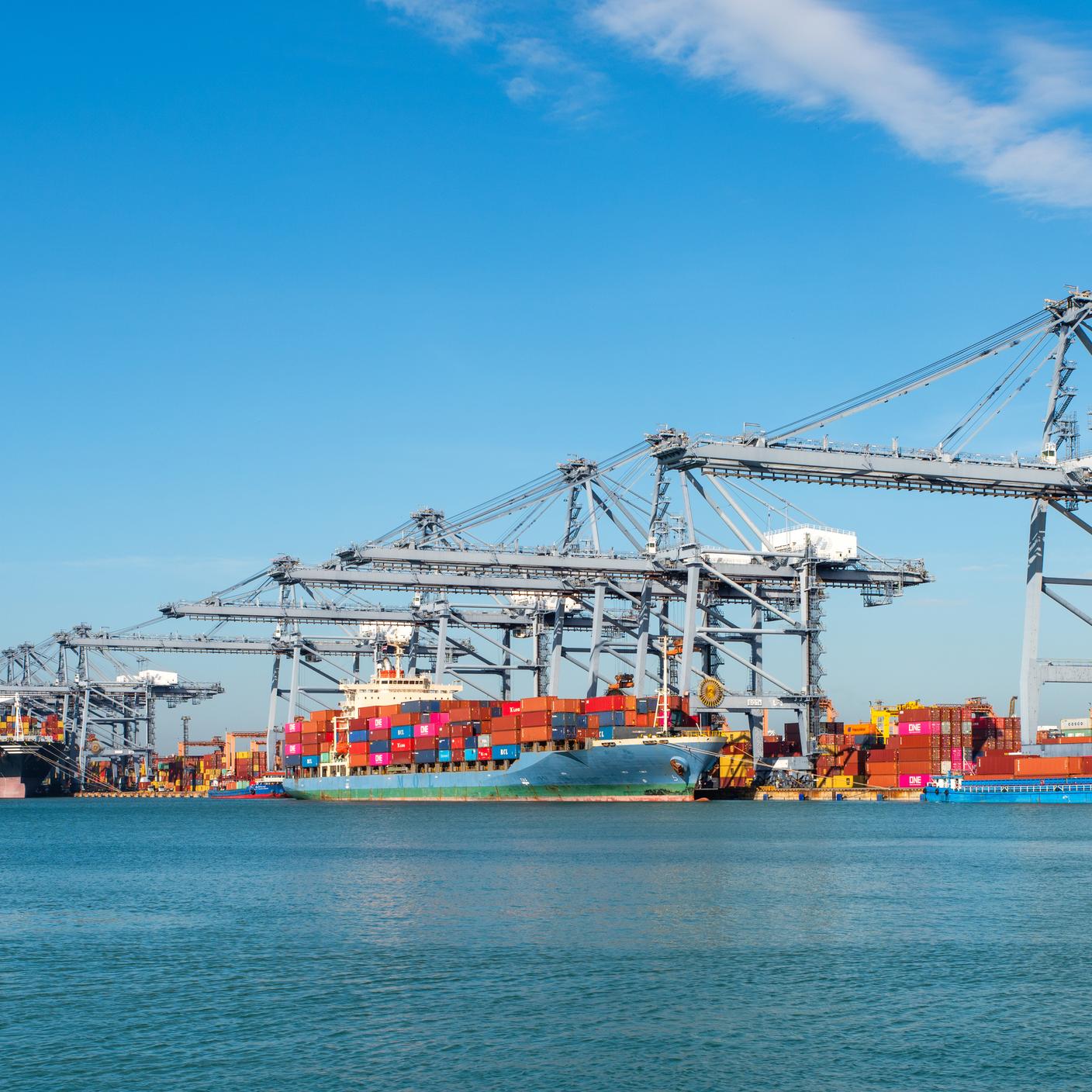Did you know that just 13% of organizations report having full visibility into sourcing networks? This presents a significant opportunity for forward-thinking companies to gain a competitive edge through transparency.
Currently, most organizations lack awareness of who directly manages the people and processes behind products, with multiple layers of contractors, subcontractors, agencies, brokers, and various middlemen creating separation between an organization and its workforce.
The organizations that act now to strengthen transparency across supply chains are positioning themselves as industry leaders in responsible business practices. By bridging the visibility gap, these organizations can build an ethical recruitment system that creates value at every network level while protecting the most vulnerable workers.
Building transparency requires an approach that progresses from understanding your network to implementing continuous monitoring. These five proven strategies work together to create comprehensive visibility into ethical recruitment practices.
1. Map your supply chain network
The foundation of ethical recruitment requires mapping every step of the recruitment process to understand who brings workers into your supply chain.
Actions:
- Identify all entities at different supply chain tiers.
- Document how workers move through your network.
- Assess regulatory oversight and cultural practices.
- Prioritize high-risk geographic areas.
2. Implement supplier vetting
Vet all recruitment-related suppliers by closely examining their day-to-day hiring processes, not just what they claim to do.
Actions:
- Develop frameworks for recruitment practices and worker treatment, and evaluate supplier policies and procedures against these best practices.
- Review suppliers' own management systems and the onboarding training given to workers.
- Create risk scoring based on location, demographics, performance, and controls in place
- Focus monitoring and engagement where systematic risk evaluation shows it's needed most.
3. Build supplier capacity for continuous improvement
Move from compliance checking to establishing a partnership that builds suppliers' capability to address ethical recruitment gaps and proactively take action themselves.
Actions:
- Provide training on requirements and reasoning behind them.
- Share best practices, tools, and improvement resources.
- Establish regular audits combining third-party and internal monitoring.
- Create ongoing dialogue for continuous improvement and increased transparency.
4. Implement worker-centric approaches
Workers are your best source of information about recruitment practices and on-the-ground activities. Build direct communication channels that bypass intermediaries.
Actions:
- Install multi-language reporting systems for direct worker communication.
- Partner with local advocacy organizations for additional feedback, ensuring that workers don’t feel threatened by their management to report concerns.
- Ensure consistent worker orientation on rights and resources.
- Create anonymous reporting that protects worker safety.
5. Use technology for transparency
Harness technology for real-time monitoring and predictive risk assessment instead of relying on periodic audits and paperwork.
Actions:
- Establish company-wide systems to track worker journeys from recruitment through employment.
- Use risk analysis tools, including artificial intelligence (AI)-powered solutions, to analyze supplier patterns and flag issues and create real-time visibility across multiple supply chain tiers.
- Install systems to identify risk correlations missed by manual monitoring.
The next phase of ethical recruitment is about building resilient, transparent supply chains where ethical practices are embedded at every level and your suppliers work collaboratively with organizations to identify and address ethical recruitment risks before they escalate.
As global trade continues to grow and evolve, it’s crucial that organizations not forget the human cost of maintaining these supply chains. The workers who make your products—and your organization’s long-term success—depend on it.
Catch up on the rest of our ethical recruitment series:
Part 1: Ethical recruitment: It starts with clear policies
Part 2: Tools for building an ethical recruitment practice
Part 3: Ethical recruitment: Know your regulatory compliance risks
Download From policy to practice: Fighting worker exploitation throughout global supply chains to gain knowledge on how to take meaningful action toward eradicating modern slavery.
Discover how BSI Consulting can help your ethical recruitment journey and ensure compliance with international labor standards.








